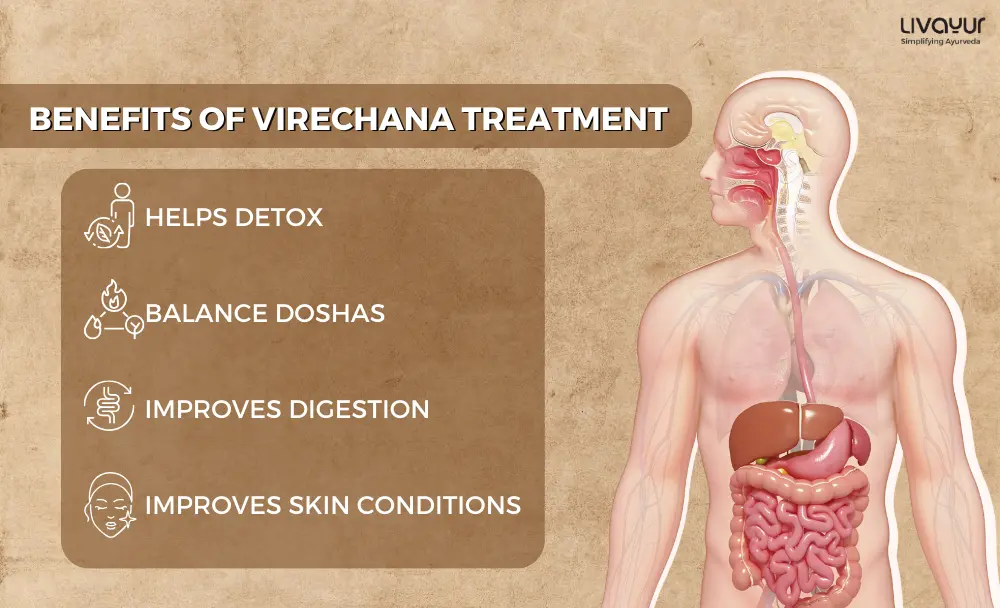
Virechana in Ayurveda is a therapeutic procedure in Ayurveda that has a wide range of therapeutic applications. It involves the administration of purgative substances to promote the elimination of excess Doshas (bio-energies) and toxins from the body. Virechana in Ayurveda is part of Panchakarma is one of the many treatments in the popular detoxification therapy of Panchakarma. It involves the use of herbal medications and other techniques. There is a wealth of information to be found on Virechana in traditional Ayurvedic literature.
The earliest mention of Virechana in Ayurveda can be found in ancient Ayurvedic texts, specifically the Charaka Samhita and Sushruta Samhita. [1] These texts are foundational works in Ayurveda and discuss various therapeutic procedures, including the Virechana Ayurveda procedure.
What is Panchakarma? [11]
The human body, according to Ayurveda, is made up of derivatives of the primary elements of fire, water, ether, and earth, and to be healthy, these elements must maintain an equal balance within the body.
One of the most well-known Ayurvedic methods for bringing the body back into equilibrium is panchakarma. Herbalized oils, body treatments (such as oil massage), steam therapy, herbal paste therapy, nasal therapy, vomiting therapy, enema, and purging therapies are some of the treatment methods.
The purpose of panchakarma is to help the body get rid of wastes that have built up and become trapped in the body, obstructing the natural movement of various systems, such as the digestive, neurological, and circulatory systems. Once this cleansing process is complete, the body can resume its natural functioning without interference.
Virechana Treatment in Traditional Ayurveda [1]
- Charaka Samhita: The Charaka Samhita, believed to have been written around 2,000 years ago, is one of the most important texts in Ayurveda. It describes Virechana as a procedure used to treat imbalances related to the Pitta Dosha, which is associated with the fire element and governs digestion, metabolism, and transformation in the body. Virechana is recommended for conditions like jaundice, skin disorders, and other Pitta-related disorders. [10]
- Sushruta Samhita: The Sushruta Samhita, another ancient Ayurvedic text, also discusses Virechana as a purification procedure. It outlines the indications, contraindications, and methods for administering purgative substances for therapeutic purposes.
- Principles of Virechana: Virechana is based on the Ayurvedic principle of balancing the Doshas to maintain health and prevent disease. The procedure involves a preparatory phase known as “Purva Karma,” which includes dietary modifications, oleation (external and internal application of oil or ghee), and fomentation to prepare the body for the purgation process. Substances with purgative properties, such as herbal decoctions, are then administered to induce controlled bowel movements. [10]
What Is the Virechana Treatment Procedure?
Keep in mind that Ayurvedic treatments are highly individualized and should be performed under the guidance of a qualified Ayurvedic practitioner. Therefore, it is best to avoid Virechana treatment at home, unless instructed on how to do so by your doctor. Here is a general overview of the Virechana procedure. [2]
The procedure is divided into three parts; the preparatory phase, the main procedure, and the after-procedure phase.
How to get prepared for Virechana Therapy? [10]
Before undergoing Virechana, a preparatory phase is followed to prepare the body for the purgation process. This preparatory phase is called Purva Karma. This phase typically involves the following steps:
- Vamana (Vomiting): This is the emesis therapy aimed at purging the body of excess Kapha Dosha. This step involves medically induced vomiting.
- Samsarjana (Dietary Step): This is a dietetic phase in which a special kind of dietary regimen is followed to prepare the body for the Virechana therapy.
- Snehana (Oleation): External and internal application of medicated oils or ghee is done to lubricate the body’s channels and tissues. This helps loosen toxins and facilitate their movement towards the digestive tract.
- Swedana (Fomentation): Heat therapy through steam or warm herbal applications is used to further loosen toxins and open the body’s channels.
- During the last two steps; i.e. Snehana and Swedana, various types of raw ingredients and Ayurvedic herbs are used. Among the herbs and ingredients used, the most prominent ones are Kulatha, Mudga, Triphala, Sarshapa, Methika, and Yava. Additionally, it includes Trikatu Churna, Murchita Taila, and Triphala Kwatha Churna. [7]
How to undertake the main procedure or Pradhana Karma?
The main Virechana procedure involves the administration of purgative substances to induce controlled bowel movements. The choice of purgative herbs or substances is based on the individual’s Dosha imbalance and the specific condition being treated. Some common purgatives used in Virechana include castor oil, Triphala (a combination of three fruits), senna, and other herbal decoctions. [11]
What follows after the main procedure?
This is the post-procedure phase. It is called Paschat Karma. After the purgation, the body’s digestive fire (Agni) may be weakened. Therefore, a post-procedure phase is implemented to gradually reintroduce regular foods while maintaining digestive strength. This phase may involve light and easily digestible foods, along with herbal formulations to support the digestive system’s recovery.
When administered in a clinic, Ayurvedic doctors will also monitor your electrolyte levels to ensure that there is no imbalance or risk of complications that normally arise from dehydration. The doctors will check electrolyte levels both before and after administering Virechana therapy. [3]
Indications for Virechana
- Virechana is recommended for Pitta-related concerns like gastrointestinal issues (constipation, jaundice), skin problems (eczema, allergies), and conditions such as fever, hemiplegia, and bronchial asthma.
- Virechana can act as a curative measure in cases of Sthaulya (obesity) which is classified among the Ashta Nindita Purusha, affecting physically unfit individuals with a genetic inclination. Virechana Karma is utilized to address Santarpanajanya Vikaras. It aims to clear obstructions in the body’s channels (Srotoavarodha), restore balanced Agni (digestive fire), and harmonize the three Doshas for overall well-being. [7]
- Individuals with the cardinal symptoms including Medo Masa Ati Vriddhi (excessive fat accumulation), manifesting as flabbiness in areas like buttocks, abdomen, and chest, alongside Ayathaopachaya (disproportionate fat accumulation) and Anutsaha (fatigue). [7]
Virechana Benefits
The benefits of Virechana are plentiful, with numerous therapeutic applications. Given below are some of the most popular Virechana treatment benefits:
- Detoxification: Virechana helps eliminate accumulated toxins and waste products from the body, promoting overall health.
- Balancing Doshas: It particularly helps balance excess pitta dosha, which governs metabolism, digestion, and transformation.
- Digestive Health: Virechana is thought to improve digestion, strengthen Agni (digestive fire), and enhance nutrient absorption. Research indicates that it may help restore healthy gut microbiota, also supporting weight management. [4]
- Skin Health: It may help with skin disorders like acne, rashes, and other pitta-related skin issues, including hives in response to allergens. [5] [6]
- Liver Function: Virechana can support the liver’s detoxification and metabolism functions.
- Metabolic Balance: By addressing imbalances, Virechana may contribute to maintaining a healthy weight and metabolism, protecting against metabolic syndrome disorders such as diabetes and heart disease. [2]
- Enhances Female Fertility: Virechana cleanses and prepares the body for conception by flushing out accumulated toxins and restoring dosha balance. Improved reproductive tissue health, hormone balance, and menstrual cycle regulation are all important aspects of fertility that it helps with. [12]
When it comes to the clinical applications or uses of Virechana, it may help treat conditions like jaundice, acne, chronic fever and certain gastrointestinal disorders.
Individual variations and sensitivity
After Virechana, the observed classical effects are:
Variations:
1. Daurbalyam (weakness)
2. Laghavam (feeling lighter)
3. Glani (fatigue)
4. Vyadhi nam anuta or Anaamayatvam (reduction or absence of disease)
5. Hrid Shuddhi (clarity in the thoracic region)
6. Varna Shuddhi (enhanced complexion)
7. Buddhi indriya manah Shuddhi (clarity in thoughts, senses, and intellect, with a sense of well-being)
8. Marutasya anulomata (regulated downward movement of vata)
9. Kayagneshcha anuvartanam (improved digestive capacity)
10. Srotovishuddhi (clarification of channels)
11. Indriya samprasado (enhanced sensory and motor functions) [8]
Sensitivity:
1. Some complications, such as Udara shoola (abdominal spasmodic pain) and Vamana (emesis), were noted during Virechana.
2. The majority experiencing Udara shoola had a Madhyama koshta (moderate bowel habit).
3. This indicates that certain patients, particularly those with a moderate bowel habit, encounter abdominal spasmodic pain and emesis during the Virechana procedure. [9]
When To Avoid Virechana
While Virechana in Ayurveda can be beneficial for many individuals, there are certain contraindications and precautions to consider. Keeping these precautions in mind will let you escape the unwanted virechana side effects. Read below:
- Pregnancy: Virechana is generally avoided during pregnancy due to the risk of dehydration and potential effects on the foetus.
- Weak Individuals: People with weakened constitutions, children, elderly individuals, and those with chronic illnesses may need a modified or milder approach.
- Menstruation: It is typically avoided during menstruation due to the body’s heightened sensitivity.
- Immediate Illness: Virechana is not performed during acute illnesses, infections, or fever.
- Uncontrolled Hypertension: Individuals with uncontrolled high blood pressure should avoid Virechana.
FAQs
1. Will Virechana cure thyroid disorders?
Not all thyroid disorders are the same and every individual is also unique. While Virechana is being investigated as a potential therapy for hypothyroidism, you should discuss treatment options with a qualified doctor.
2. Can I use Virechana to lose weight?
Virechana is not meant to be used as an alternative to healthy eating and exercise for weight loss. However, it can be administered by Ayurvedic physicians as a supportive therapy to aid weight management.
3. What precautions should one take after Virechana?
After the procedure is completed and you return home, avoid consuming any heavy foods for at least 5 days to give your body a chance to recover fully from the procedure.
4. What food to consume during Virechana?
On the day of the procedure, you will not be allowed to consume any food. But before the main procedure, you may be given food items like rice, meat soup, and sour fruits.
5. What is the best time to start the Virechana procedure?
The best time to start the procedure is in the morning, around 9:00 AM or 10:00 AM. This is the best time because by this time the Kapha phase is likely to get over.
6. What to eat after virechana?
Warm and probably liquid foods can be consumed after Virechana. Meat soup, rice, and sour fruits may also be consumed as food. [13]
Conclusion
It’s essential to consult a qualified Ayurvedic practitioner before undergoing Virechana to ensure that the treatment is appropriate for your specific constitution, dosha imbalances, and health conditions. The practitioner will tailor the procedure based on your individual needs, ensuring a safe and effective outcome.
Disclaimer:
The information provided here is for general information and not meant to substitute any medical advice. Please consult your doctor for appropriate medical consultation.
References:
- Review of Virechana Karma in classical texts of Ayurveda
- VIRECHANA (THERAPEUTIC PURGATION): AN UNPARALLEL TREATMENT FOR PITTA VIKARAS
- Clinical study to evaluate the effect of Virechanakarma on serum electrolytes
- A clinical study on Virechana Karma (therapeutic purgation) over the gut flora with special reference to obesity
- A Comparative Clinical Study on Vamana and Virechana Karma in the Management of Ekakushtha with Special Reference to Psoriasis
- Virechana – A Case Study
- A clinical study on Virechana Karma (therapeutic purgation) over the gut flora with special reference to obesity
- Clinical study to evaluate the effect of Virechanakarma on serum electrolytes
- Analysis of Virechana karma with Danti avaleha: A retrospective study
- CRITICAL REVIEW ON VIRECHANA KARMA; A SPECIFIC TREATMENT FOR THE ELIMINATION OF TRIDOSHA




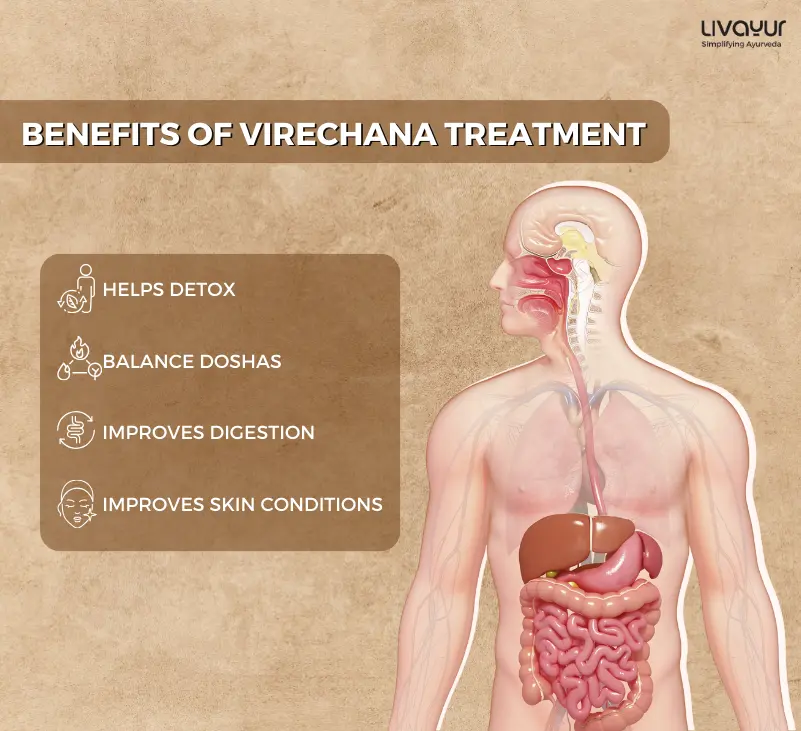









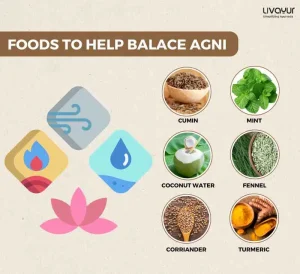
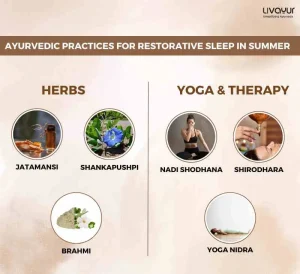


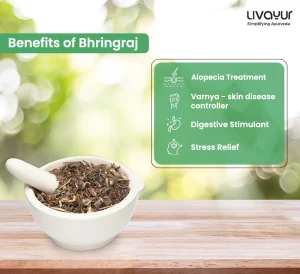







1 Comments